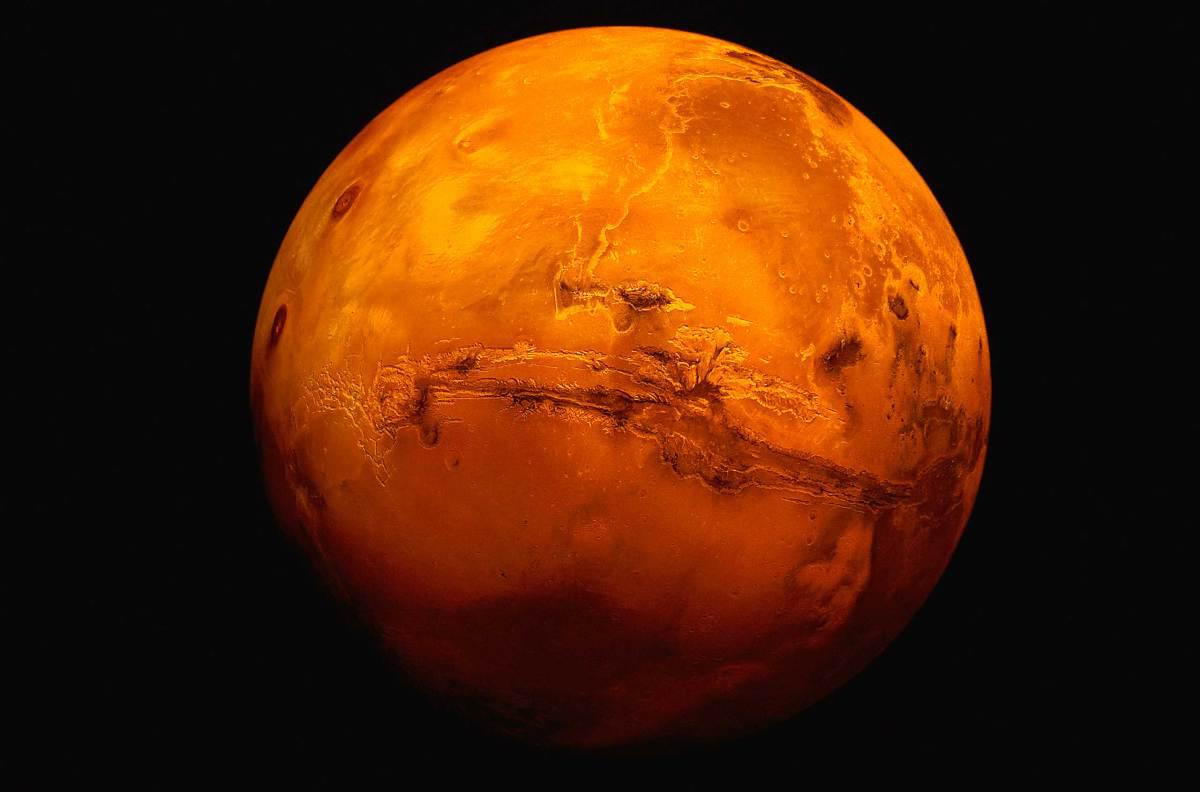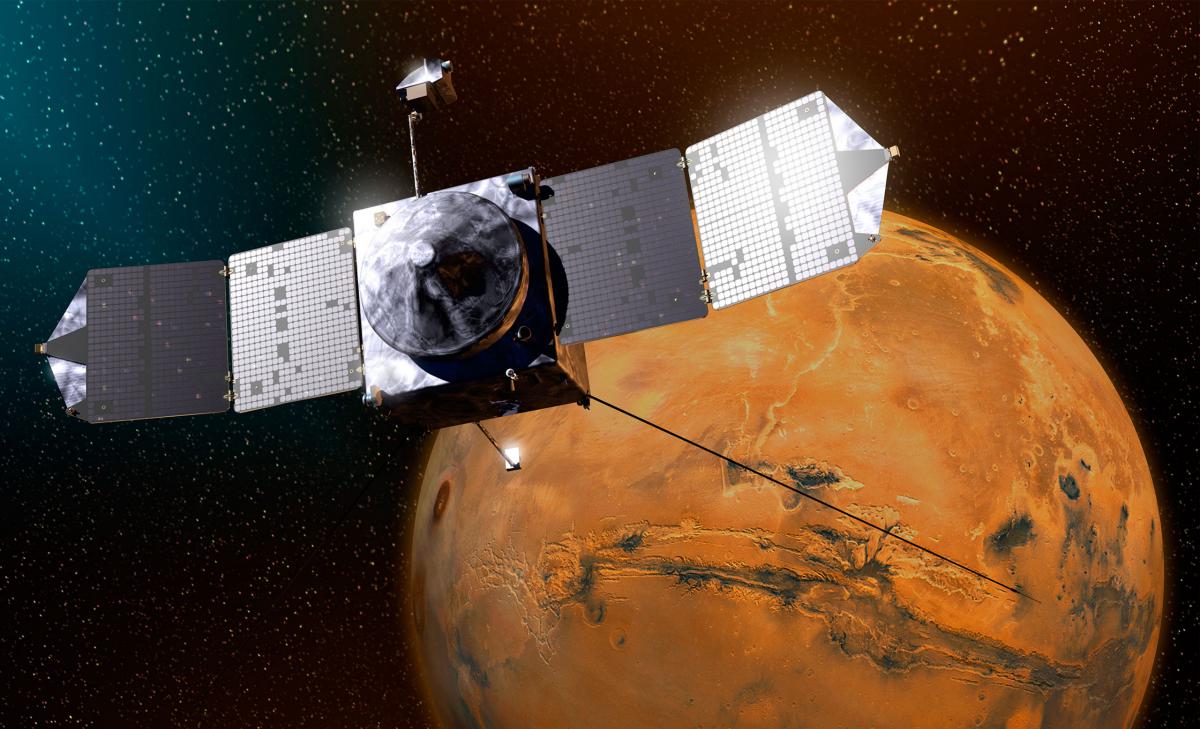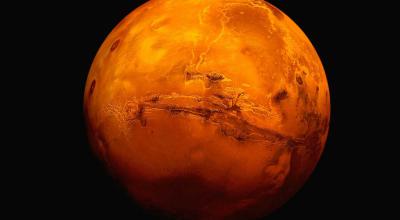
Mars is said to be the fourth planet which is away from the Sun. Named after the Roman War God, and regularly portrayed as the “Red Planet” because of its rosy appearance, Mars is a physical planet with a flimsy environment made basically out of carbon dioxide. Mars is a steady purpose of discourse for space researchers from all over the world. They have sent many space apparatus to the planet to study it.
Some exciting facts about the planet Mars are discussed as follows:
Both the planets Mars and the Earth have more or less the same landmass:
Despite the fact that Mars has just 15% of the volume of the Earth and a little more than 10% of the mass of the Earth, around 66% of the surface of the Earth is secured in water. Martian surface gravity is just 37% of the Earth’s (significance you could jump almost three times higher on Mars).
Mars is the home for the tallest mountain in the whole solar system.
Olympus Mons, a shield spring of gushing lava (volcano), is about 21km high and about 600km in distance across. Regardless of having shaped over billions of years, confirmation from volcanic magma streams is so late; numerous researchers trust it could at present be dynamic.
Just 18 missions to Mars have been effective
As dated of September 2014, there have been around 40 missions to Mars, including orbiters, landers and meanderers yet not including flybys. The latest entries incorporate the Mars Curiosity mission in 2012, the MAVEN mission, which touched base on September 22, 2014, emulated by the Indian Space Research Organization’s MOM Mangalyaan orbiter, which landed on September 24, 2014. The following missions to arrive will be the European Space Agency’s ExoMars mission, embodying an orbiter, lander, and a meanderer, followed by NASA’s InSight mechanical lander mission, which is slated for dispatch in March 2016 and an arranged landing in September of the year 2016.
Mars has the biggest dust storms in the whole solar system:
They can keep going for quite a long time and spread the whole planet. The seasons are compelling on the grounds that its circular (oval-formed) orbital way around the Sun is more prolonged than most different planets in the nearby planetary group.
On Mars the Sun shows up about a large portion of the size as it does on Earth:
Staying closest and near the Sun, the Martian southern half of the globe inclines towards the Sun, creating a short, strongly hot summer, while the northern side of the equator perseveres through a concise, chilly winter: at its most remote point from the Sun, the Martian northern side of the equator inclines towards the Sun, bringing about a long, mellow summer, while the southern side of the equator bears a protracted, cool winter.
Bits of Mars have tumbled to Earth:
Researchers have discovered small hints of Martian climate inside shooting stars savagely shot out from Mars, then circling the whole solar system amongst galactic trash for a large number of years, before accident arriving on Earth. This permitted researchers to start concentrating on Mars preceding to dispatching space missions.
Mars takes its name from the Roman lord of war:
The antiquated Greeks called the planet Ares, after their divine lord of war. Interestingly, other old societies additionally centered on shading – to China’s cosmologists it was ‘the blaze star’, whilst Egyptian ministers approached ‘Her Desher’, or ‘the red one’. The red shading Mars is named so because of the rock and dust covering its surface being rich in the material of iron.


Leave a Reply